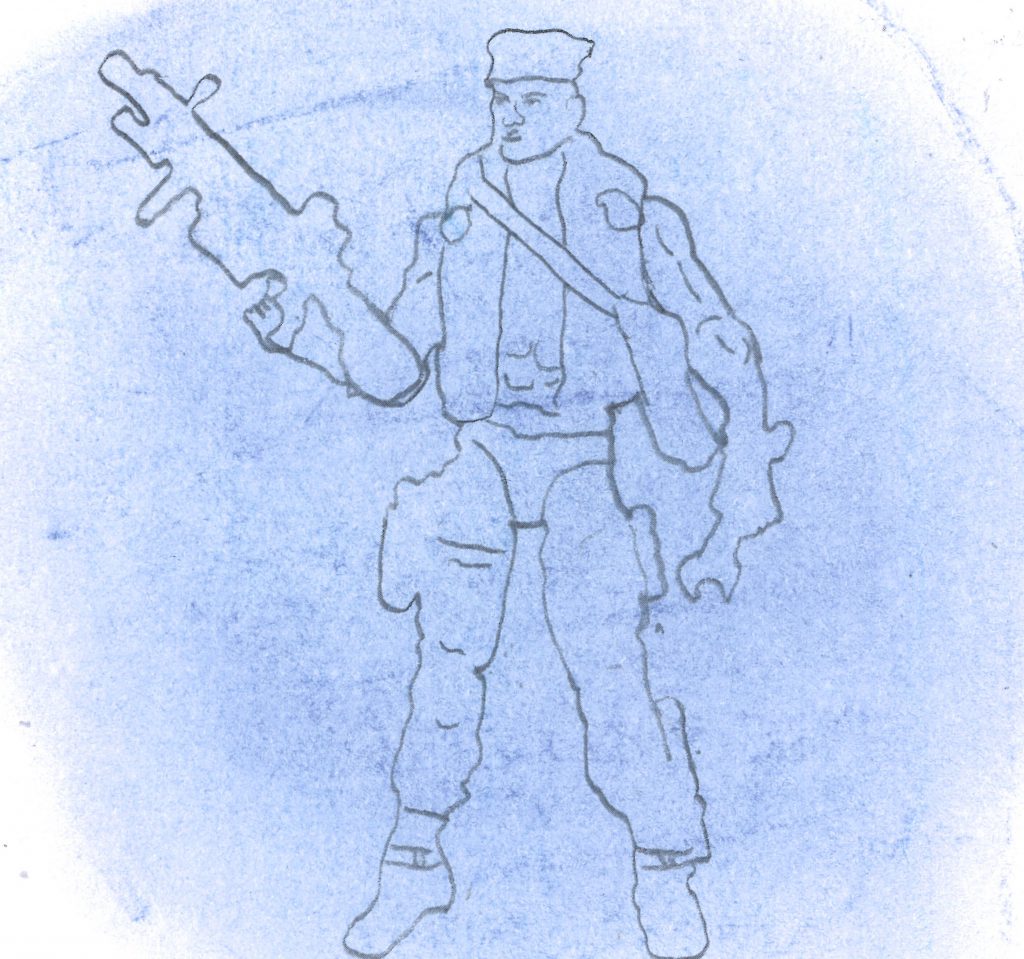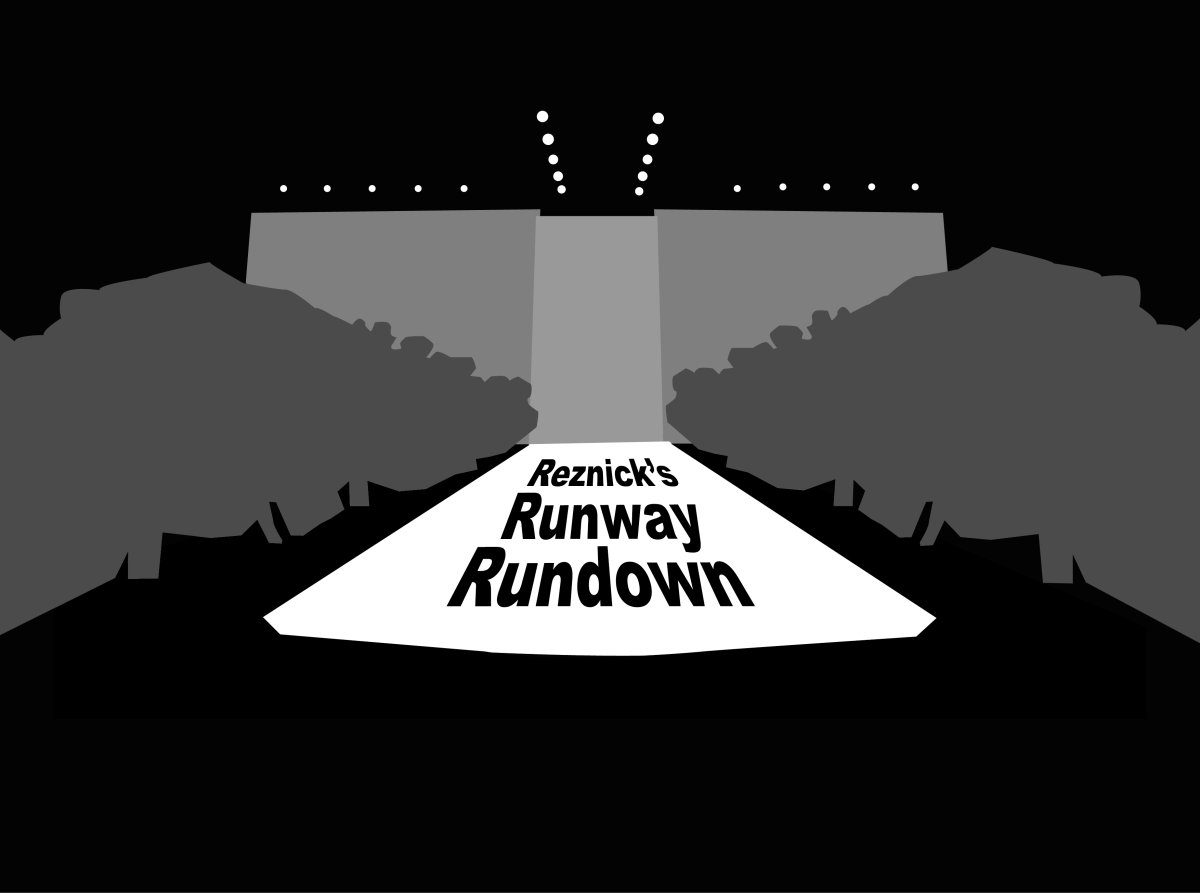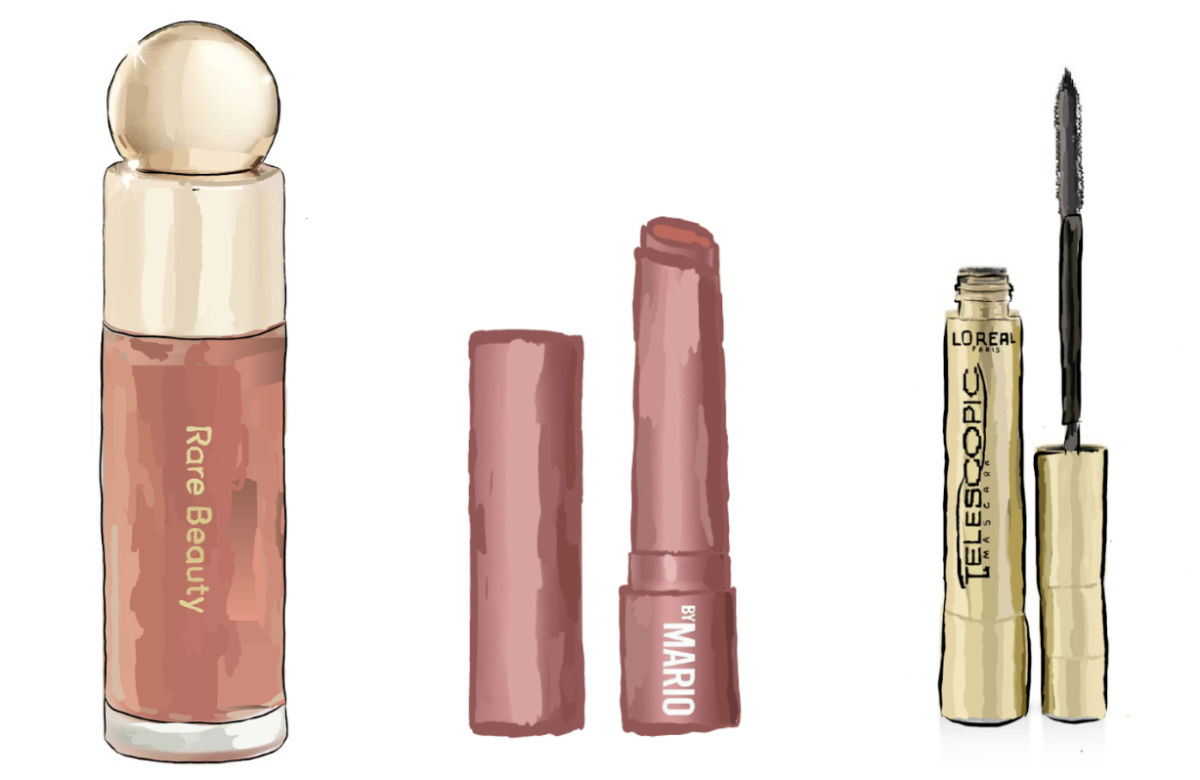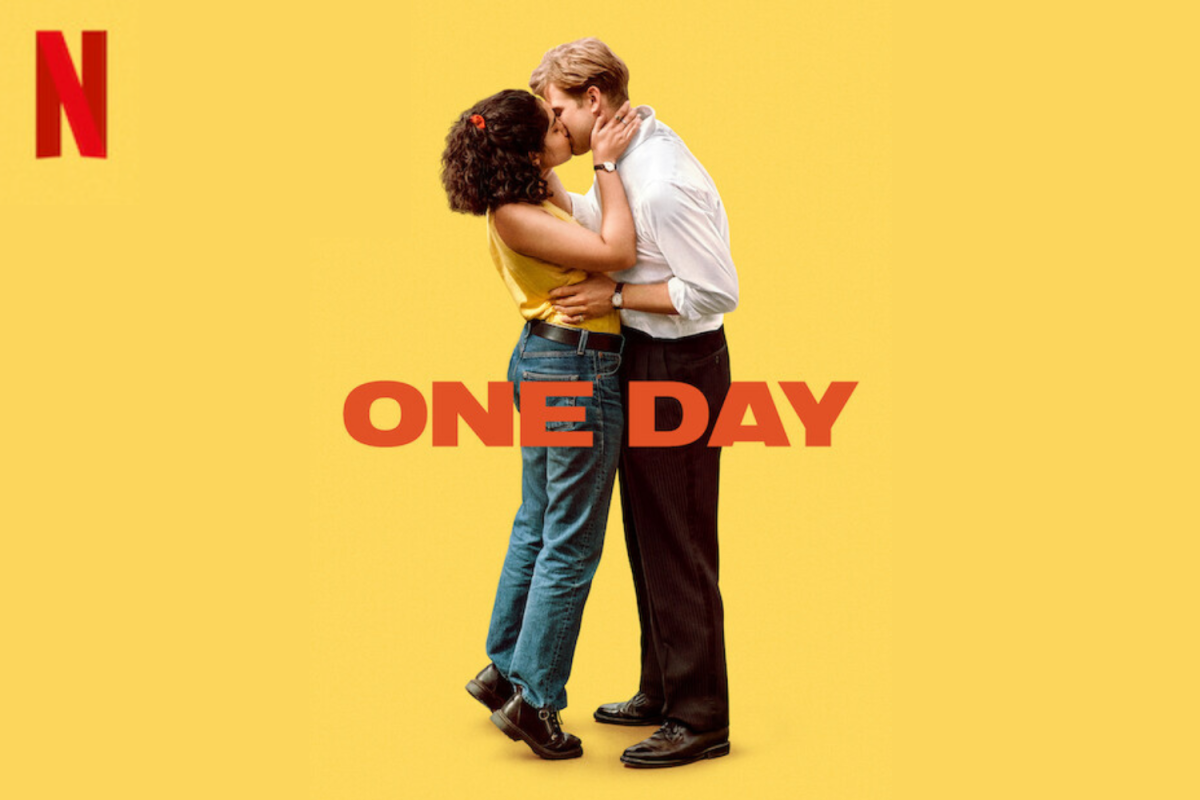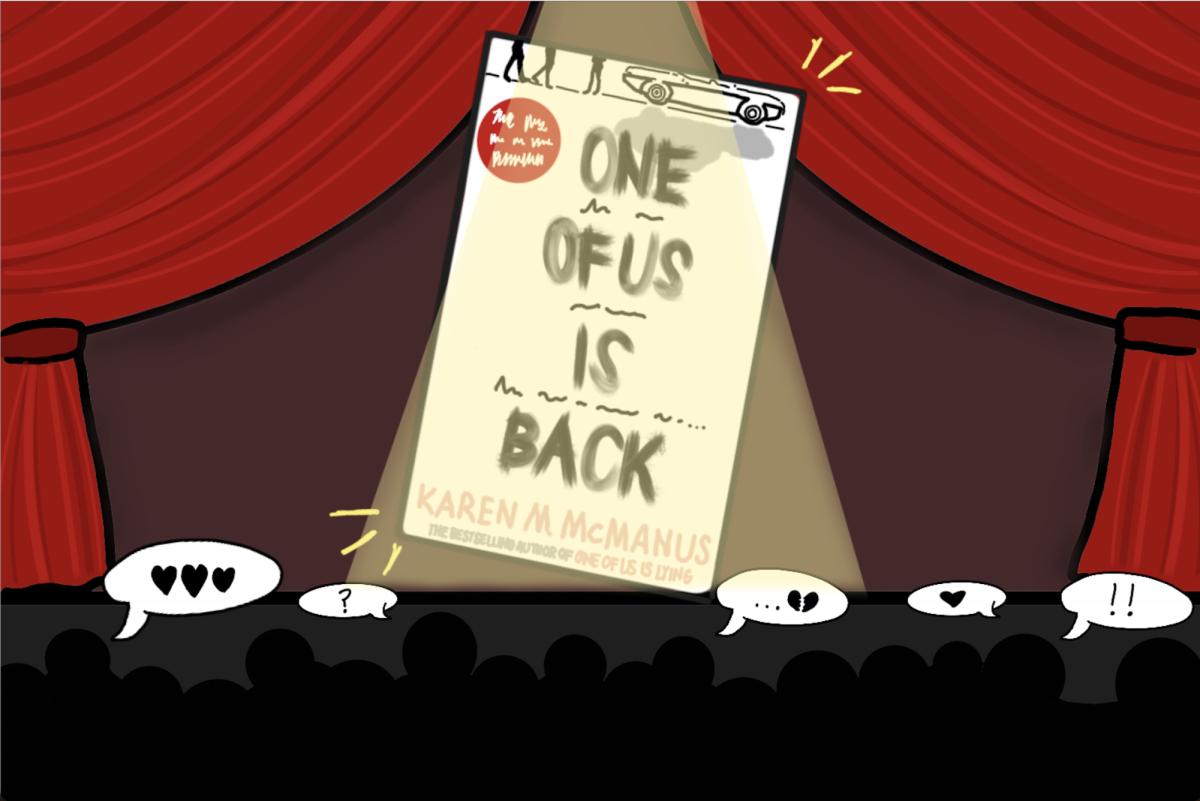Unrealistic Expectations
As Tom Deagan (’20) scrolls through pictures on his Instagram feed or flicks through a magazine, it seems like he is seeing different variations of the same man over and over again. Although the faces change, almost every model has the same tall, lean, yet muscular body.
He believes that the popularization of that one body type creates unrealistic goals for boys and men. “It just makes the world a little less open minded about what actual life expectations should be like,” he said. “It’s not like everyone you’re going to meet is going to be like that person from the magazine or on Instagram. There’s a much bigger range than that.”
Echoing Deagan, Lucas Achkar (’19) has also noticed and felt the effects of the publicization of similar male bodies in popular culture. “It makes you feel like you have to look a certain way to be a good looking or attractive man,” he said. “It obviously makes you feel self-conscious.”
Health Teacher Bambi Thompson believes that the media is one of the biggest culprits in the promotion of one body type. “When you look at the advertisements in what Western media holds to be, it is often looking at men that are very physically built so that ideal of a six pack is something that boys and men will strive for,” she said.
Achkar believes that Photoshopped images are one of the most significant factors causing body insecurities. “In some cases, these images are the truth, but in most cases, [they’re] not,” he said. “They are Photoshopped and [the photo editors] enhance their arms, their legs, their shoulders. It does have an impact on people and, in some cases, it can become an unhealthy obsession.
Thompson references the evolution of the G.I. Joe action figures as a changing view on the male body image. “If you look at the body of G.I. Joe through the years, he has a different body for different generations of kids. The body has gone from being really muscular and fit and realistic to some that are not even remotely possible.”
Furthermore, Thompson believes that the evolution of the hero image combined with social media creates an image that resonates in people’s minds. “It [has] exponentially grown in recent years, so your generation is bombarded pretty much 24/7 [in ways] that we weren’t in previous generations,” she said.
As a result, Aryan Dhir (’19) believes this image of masculinity can be detrimental to one’s self-image. “Men envision themselves being muscular and that’s not necessarily the way it should be. I think they expect too much of themselves and it can be really damaging to their self-esteem,” he said.
Dhir believes that social media can manipulate emotions to make men to feel unhappy about their bodies. Dhir said that seeing the ideal male body on social media “makes me feel sad because it can lead people in the wrong path. I know I am smart enough not to follow the guidelines outlined in those posts, but I am afraid that other people might fall into that trap,” he said.
However, this body negativity also stems from real life encounters. For Deagan, sometimes it comes from “seeing people in my grade or the grade above who I see every single day and I think ‘I wish I could look like that, but I don’t’.”
Defining the stigma
Although the insecurities surrounding negative body image are usually attributed to women, in today’s society, many men are faced with similar challenges. Because of this, there is a hidden stigma for these men.
Achkar acknowledges that many boys struggle to speak up about their insecurities out of fear of differing from what society expects from them. “You don’t really hear about it that much, but there are lots and lots of guys who suffer from eating disorders,” he said. “They just don’t feel happy with the body that they have and so many people have different body types. People will always try to go one way and it can be physically impossible.”
Sharing Achkar’s beliefs, Counselor Stephanie Oliver agrees that it seems much harder for male students to talk to her about body image than it is for female students. She believes the first step to solving this is having one male take initiative. “It definitely starts with the boys and men themselves,” she said. “They have the power to share and be vulnerable. It just starts with an individual being able to put themselves out there.”
Consequently, Oliver believes that it is detrimental when people associate being healthy with a body type that is praised in the media. “Many people say, ‘I just want to be healthy’ and it becomes a disguise of ‘I want to be thin.’ There is still an underlying goal to look a certain way but they say it is about health and it can be more dangerous when it goes undetected,” she said.
Oliver believes that while people may act like being healthy will help them attain their ideal body image, it will still result in the same underlying behaviors. “The language has changed, but the behaviors have remained the same.”
Media Literacy
For Deagan, improving his body image was as simple as adjusting his own mindset. “Just take the time to look at yourself and think that the only thing that really matters is what you think of yourself,” he said. “Nobody else is really thoroughly judging you based on what you look like. It’s a lot of self positivity and being able to say ‘I love the way I look and the way I’m living my life’.”
In Dhir’s case, despite comments that people have made about his body, he remains positive about the way he looks. “I am happy the way I am in terms of my own body, but I have been made fun of for my skinniness. People have not done it deliberately and as a joke,” he said. “I would like to gain a bit more weight but I am not really too upset at the way I am.”
In order to encourage body positivity in men, Thompson believes that it is necessary to be “countering the negative messages and the unrealistic expectations and really just promoting and supporting who we are now and the best of our everyday look.”
She believes that this will allow differences in body types to be embraced.
Achkar agrees that the stigma surrounding male body image would improve if there was an understanding that there is just as much diversity among male body types as female. “There are always going to be people who look bigger and more defined than you, and there will always be people who look smaller and less defined than you. There is not one ideal body, all bodies should be accepted. You should never be unhappy or unhealthy inside.”
Written by Opinions Editor Sophie Ashley and Culture Editor Quinn Whitman

